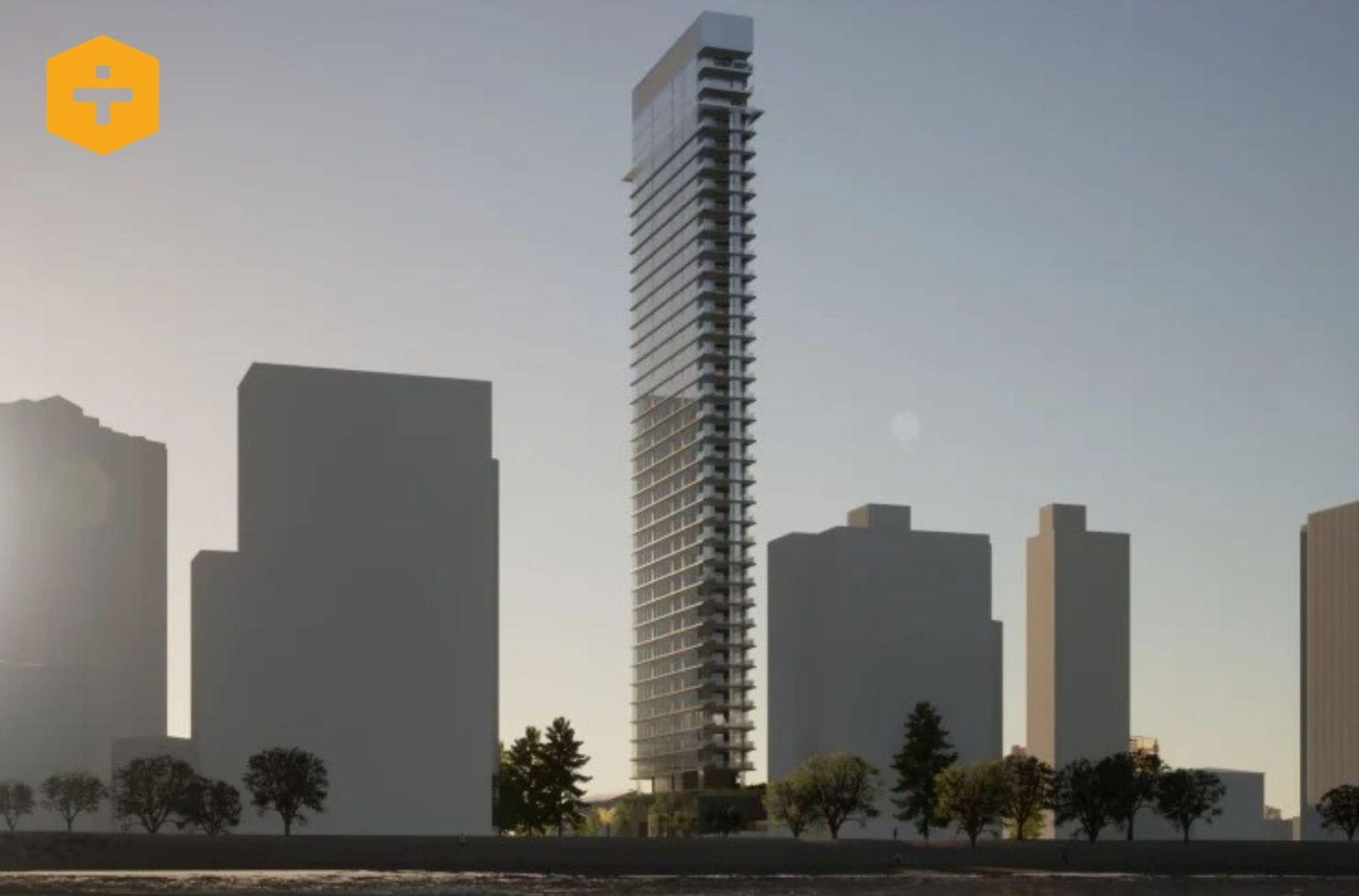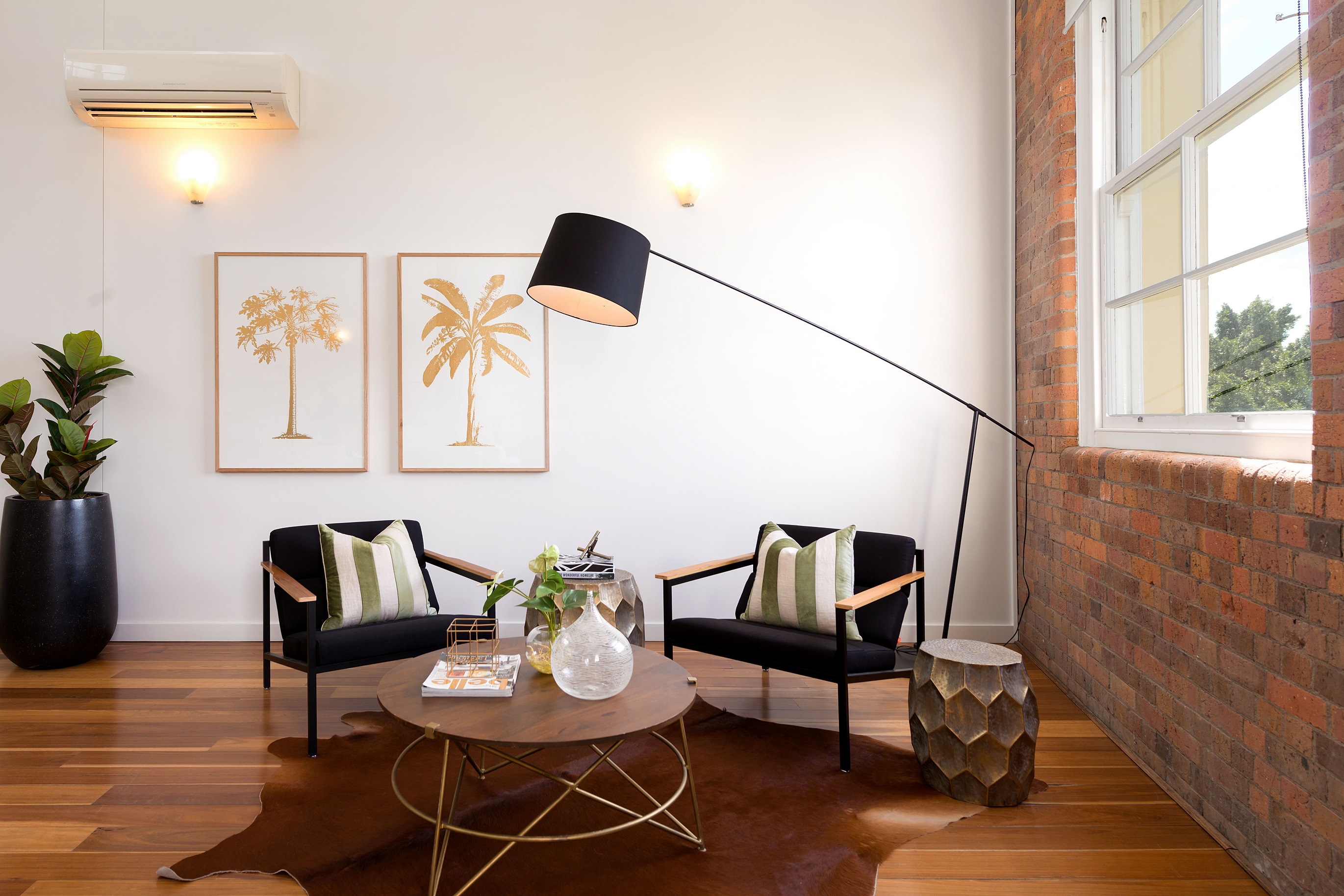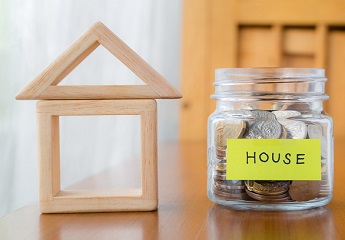
It’s the thin end of the wedge for Brisbane.
Because no greater love does an Australian capital city have for sprawling timber homes on stumps with wide, shaded verandas than the Queensland capital.
Although the concept of the slender or “skinny” apartment tower has been embraced by its more densely populated southern counterparts—Sydney and Melbourne—so far Brisbane has not been of the mind to join them.
“We haven’t seen anything like this in Brisbane yet,” Plus Architecture principal Chrisney Formosa says.
But she says there is much more to it than the notion of the city’s staunch parochialism holding the inner-city line for ts beloved Queenslander homes and archetypal sub-tropical design typology.
And, significantly, by necessity the times are a-changin’ in Brisbane.
“Melbourne is a much denser city and has had 15 to 20 years of much smaller footprint towers,” Formosa says. “And Sydney, while not as much as Melbourne, also has a larger prevalence of this typology of development.
“In Brisbane, though, historically we’ve had a lot of land, a lot of urban sprawl and the luxury of doing large footprints. And we haven’t had that infill necessity.
“Whereas, now, we’ve run out of land and things have become increasingly expensive. And we need to really rethink how we live and how we redefine inner-city living. How do we get all of the amenities of a house or a larger footprint apartment into a smaller footprint?”
Hong Kong led the way with skinny skyscrapers—also referred to as “pencil towers”—in the 1970s and the trend spread to New York and other major cities in the early 2000s.
Australia’s first super-slim residential tower was the Fender Katsalidis-designed Phoenix Apartments on a 6.5m-wide by 24m deep lot in Melbourne. Rising to 88.5m, the tower was completed in 2013. It was followed by the 195m-high but only 11.5m-wide Collins House, which with a slenderness ratio of 16.5:1 was ranked the world’s fourth-skinniest tower upon its completion in 2019.
Formosa says it is not a question of if but when for Brisbane, with the skinny tower trend gaining traction during the past two to three years, spreading north and across the Queensland border to the Gold Coast.
“That has been purely around inflation and construction prices and, with land at a premium, skinny apartment towers have become increasingly attractive to developers, who on th Gold Coast have been really internationally savvy,” she says. “They've been looking at ways to borrow tried and tested ideologies from around the world and then bring them to the Gold Coast market.”
To date, Plus Architecture has been tapped to design six slender apartment towers earmarked for sites on the Gold Coast, all slated for completion over the next five years. Like the 38-level Nineteen First Avenue at Surfers Paradise and 31-storey Belvue at Runaway Bay, they typically comprise whole-floor apartments.
But several of the projects—including the 33-storey Myst at Broadbeach, 20-storey Aurum at Chevron Island and 25-storey La Mer at Main Beach—also feature multi-level residences.
“So, you’re still achieving the same metrics as you typically have in a much larger apartment or house,” Formosa says. “But you’re doing it in a much more considered and refined footprint.
“However, what you can do below ground is just as important as what you can do above ground. It all comes down to car parking at the end of the day. So, by considering efficiencies with ramping, car stackers, access and egress, you can really amplify what you can do above ground in those smaller footprints.”
And she says “all the good thinking and rigour of sub-tropical design”—the key aspect of the city's quintessential Queenslanders—can be translated to tower design. Cross-ventilation, access to external amenity and opening up the ground plane as much as possible to allow landscaping.
Last week, Brisbane City Council released its Sustainable Growth Strategy, which is aimed at addressing the city’s housing crisis.
It noted Brisbane’s lifestyle and affordability had lured many new residents from other states during Covid and strong interstate migration was expected to continue. By 2041, the city’s population is projected to grow to 1.55 million people—equating to about 275 new residents a week.
“With limited greenfield land available we must look for opportunities in established but underutilised areas,” Brisbane Lord Mayor Adrian Schrinner said.
Clearly, the focus is on infill development and urban renewal.
Under the strategy, a review will be undertaken of Brisbane's major centres including Carindale, Chermside, Garden City, Indooroopilly, Toombul and Toowong with a view to unlocking more housing supply.
As well, CBD-style heights will be allowed for residential buildings in South Brisbane’s Kurilpa precinct and build-to-rent projects incentivised through enabling the payment of infrastructure charges over time. The end-game is to facilitate the creation of 10,000 additional homes.
“Perhaps that’s where you'll start to see some of these skinnier towers,” urban planning specialist and Wolter Consulting Group director Natalie Rayment says.
“I’m all for it … there’s certainly a need because we’ve got to do infill development of all types—tall, medium, short, whatever. We need to be more innovative and find all the opportunities we can. We’ve got less sites available, so we need to make use of the floor space and the grounds that we have.”
Rayment, who is also co-founder of the YIMBY (Yes In My Backyard) not-for-profit development advocacy group, says there is a substantial degree of nostalgia attached to Brisbane’s classic Queenslanders with their wide verandas and open space.
“I think it’s also just that it has been the common form of housing. That’s where people grew up, that’s where their parents lived and that’s where they saw their future.
“Unfortunately, with the decline in housing affordability, that is increasingly no longer a reality. But also I think we’re now much more of a multicultural city with a lot more diversity and people’s preferences are changing.”
Formosa agrees and adds: “People are rethinking the way that they live and that's a really exciting thing for the city.
“Sprawling is not necessarily such a wonderful thing. We don't have the infrastructure to support sprawling. We end up just creating chaos on our road networks … and it takes a long time for us to catch up. So, we're much better off bringing that density into the city.
“I think we’re going to see a mixture of living typologies moving into the next 10 years. We’re going to see smaller footprints and increased density. We’re going to see a lot of build-to-rent.
“The way we think about generational demographics buying into the residential market is changing.
“Skinny towers, build-to-rent, terrace homes, townhouses—they’re all those kinds of midway housing typologies that still give you really sophisticated high-end living but at a much more attainable price.”
And despite the impending changes ahead for Brisbane's inner-city urban landscape, she is confident the Queenslander is here to stay.
“I would hate for any of this ever to replace the beauty of our Queenslander lifestyle … I don’t think it will, and nor should it. It's such an important part of our identity and how we want to live.
“But going forward I think Brisbanites will embrace skinny towers and a variety of other housing typologies because we need to reconsider the different ways we can live.
“Infill [high-density residential development] is needed ... it’s about offering economic options for generational affordability and, right now, we don’t have those options.”
Somewhat cheekily, Rayment says the future rise of super-slim towers also may be one way to appease the river city’s vocal NIMBY (Not In My Backyard) ranks.
“How tall it is, the type of housing and how close it is and what sort of overshadowing it is going to have. That’s usually where the objections come from.
“So, to get some slender towers that are potentially going to come in from boundaries and not have as bulky appearance in the streetscape … you never know, they might get behind it.”
*This post was originally published on https://www.theurbandeveloper.com/articles/why-brisbane-must-embrace-high-density-skinny-towers




